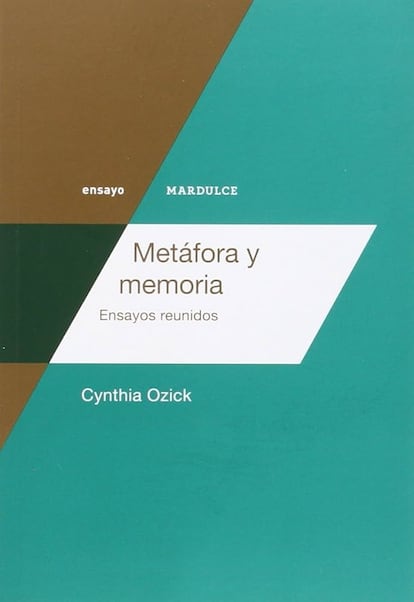Finally something new to say about the smile of Mona Lisa. Emmanuel Macron has announced that the picture will have its own room in the Louvre and you will have to pay apart to see it.
The last time I read something new about that smile was in Portrait of the artist as a bad personan essay in which Cynthia Ozick commented on the newly coined theory that the gioconda was an self -portray For five centuries.
Very well, said Ozick, suppose we have unmasked a Da Vinci joke, would we have to reproach him to have fooled? Of course not, since in the very nature of the work of art the invention and fraud coexist. Now, that double twist in the deception, don’t you create the question of whether the artist needs to work as a bad person to be complete?
With the question, Ozick’s essay moves, slightly deviates from the route and starts its zigzagueo, leaves the Gioconda behind to initiate an exploration of the issue of aesthetic commitment opposed to moral commitment. Upon reaching this point, I always feel on another route. It is something that Ozick propitiates, for whom the technique of rashing and serpenteo changes are common in their unique essays. Actually, not so unique, because if in all of them he never deals with a single matter, it is because he claims the recovery of the freedom of genuine essays. And in saying “genuine” I think of those who once led the reader to travel and get lost by the most diverse mental labyrinths to, when he reached the end, discover that the discovery of the essay was not in the conclusion, in the outcome, but in the Richness of the tour.
Cynthia Ozick
Merdulce, 2016
This April Ozick – Noyorquina, born in 1928, daughter of Russian parents who worked at the Bronx – will turn 97, and it is likely to be the best American writer Viva. There is no year when I do not return to your Portrait of the artist as a bad personincluded in Metaphor and memory. Over time, the sensations in the reading have been varying, but what never fails is that I always laugh in the section in which he talks about the “last new” about the Gioconda. Then, I am distressing when he says that the authors of novels, when exercising his trade, rest on “a treacherous network of inventions that help them distortion.” At this point I fear sink morally, but I go back as the essayist affirms that those who manage to evade the bad people are that handful of writers, most innocent, who devour them wrote an extraordinary novel, Stockholm Messiah).
Like everything now pushes me to join the innocents, Marcho Veloz on a narrow and tortuous route that leads to a mixture of forest, jungle and underwater background, where I find a Cynthia Ozick crouched, hidden. What are you doing here? Smile. Like the Gioconda.

